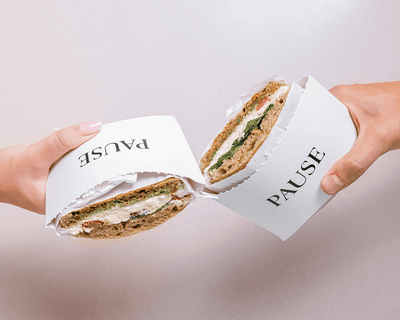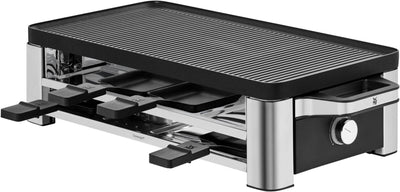The Basic Process of Turning Milk into Cheese

Making cheese is an art as much as it is a science. A cheesemonger's sight, touch, and smell is just as important as the temperatures and target pH for different steps, the use of salting or brining, block formation, and aging.
And it all starts with milk!
Pasteurized/Heat Treated or Raw Milk
Depending on the desired cheese, the milk may be pasteurized or thermized (mildly heat-treated) to reduce the number of organisms and improve the environment for the starter cultures to grow.
Some varieties of cheese (most of our cheeses!) are made from raw milk so they are not pasteurized or heat-treated. Raw milk cheeses are aged for at least 60 days. The benefits with raw milk are the cultures and enzymes already present in the milk, which add complexity and character to cheese!
Milk into Curd

Once milk is cooled (if pasteurized or heat-treated), starter cultures are added. These additions are lactic-acid-forming bacteria that will change lactose (milk sugar) into lactic acid. This changes the acidity level of the milk and begins the process of turning milk from a liquid into a solid.

To assist with this process, rennet or a vegetarian alternative is added. The role of rennet is to join up the proteins in the milk to form curds and whey. The curds are the solid jelly-like part and whey is the liquid that remains. This process is called coagulation.
Cutting the curds

The next step is to cut the curd into small pieces, using a knife, wires or a tool that resembles a rake. Cutting the curd allows even more whey to be expelled.
When the whey is drained away, the curd is ready to become cheese.
Salting the curd

Once the whey is removed and curd broken up, salt is often added:
- for flavor;
- as a preservative so the cheese does not spoil during the long months or years it spends aging and it helps to form a natural rind on the cheese;
- to inhibit growth of certain bacteria.
There are several ways to use salt. Salt can be added directly into the curd as the cheese is being made. The outside of the wheel of cheese can also be rubbed with salt or with a damp cloth soaked in brine (heavily salted water). The cheese can further be bathed directly in a vat of brine, as it is for mozzarella.
Molding (shaping) and pressing the curd
This is when each type of cheese takes its familiar form as a solid block or wheel. The cut curd is placed into a basket or a mold to form it into a specific shape.
At the same time, the cheese is also pressed (with weights or a machine), to push and squash the particles together, to expel any remaining whey. After pressing (often for a few days), the cheeses are removed from the basket or milk and taken to a cool and humid cave or room. The affinage can start!
Ripening (affinage)

During this process, the cheese is stored until the desired age is reached. Of course, given the impact this process might have on the cheese, the temperature and humidity of the cave or room where the cheese ages are very closely monitored. Depending on the variety, cheese can be aged from several months to several years!
For some cheeses, ambient molds in the air give the cheese a distinct flavor. For others, mold is introduced by spraying it on the cheese (Brie) or injecting it into the cheese (blue cheese). Some cheeses must be turned, some must be brushed with oil, and some must be washed with brine.
*Illustrations by Jessie Kanelos Weiner









